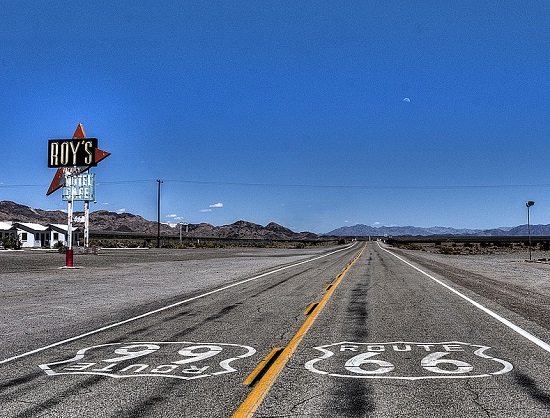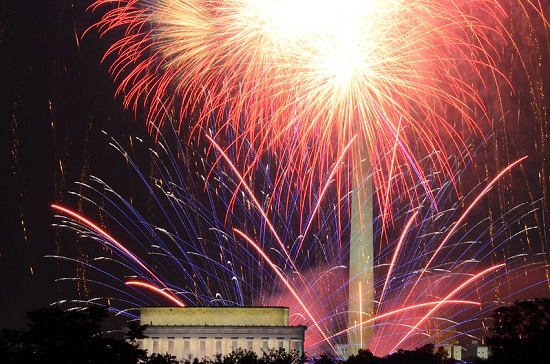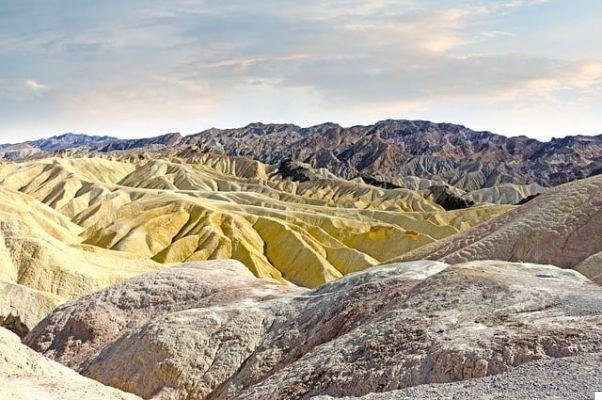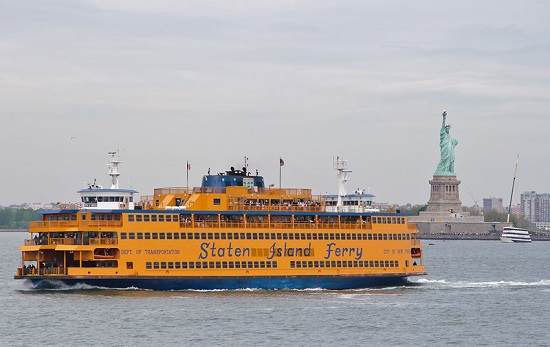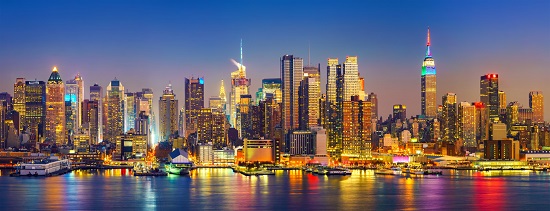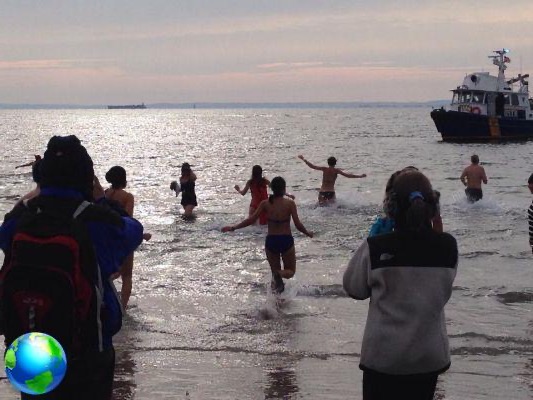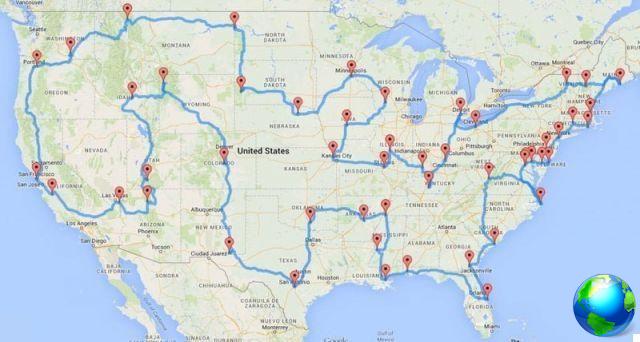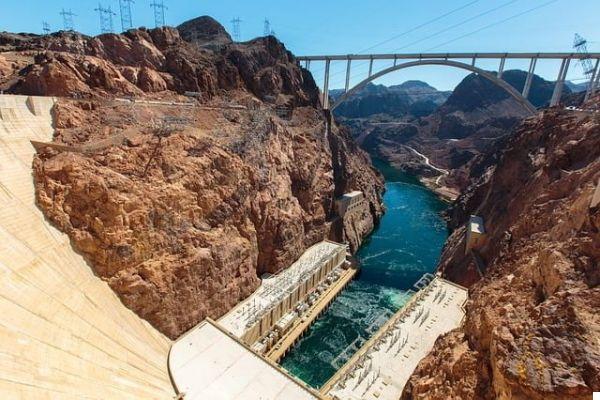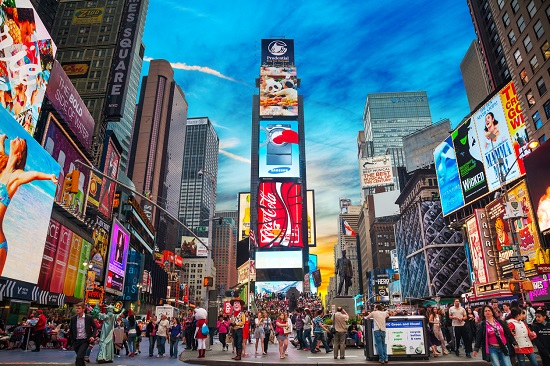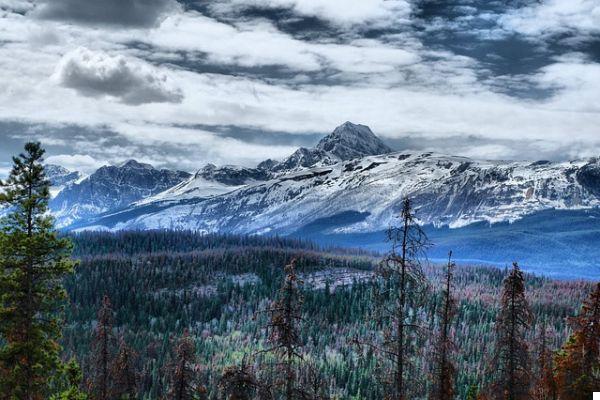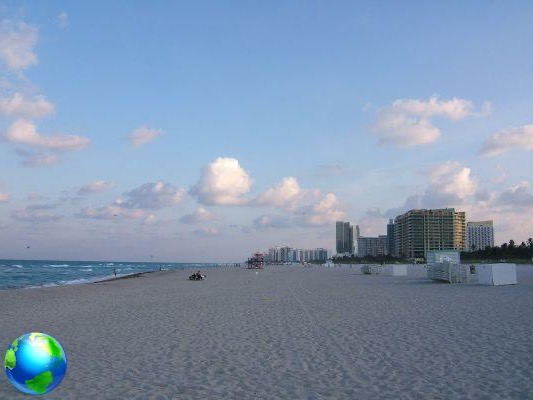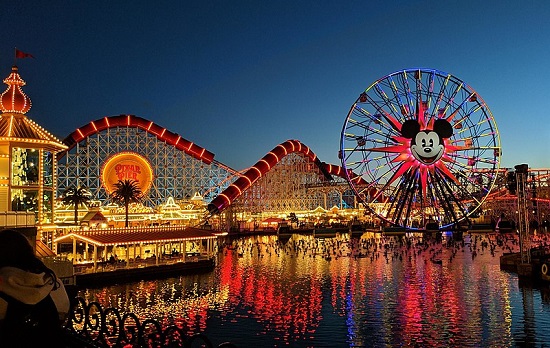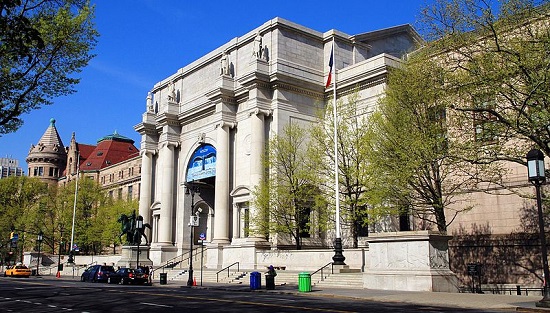Route 66 was one of the first federal highways, created in 1926 to connect the eastern part of the North American continent to the west coast.
This stubborn road followed straight lines for tens of kilometers, racing to conquer the West and wide open spaces, sometimes green, sometimes arid.
Extraordinary landscapes that have seduced cinema (Easy Rider, Bagdad Café, Thelma and Louise…) and literature (On the Road, The Raisins of Wrath - Furore).
The history of Route 66
US 66 was created in 1926, but its pavement was not completed until 1938. It was during the 30s, the time of the Great Depression, that the road began to become the main road for XNUMXth century pioneers heading west to the pursuit of the California dream.
As its traffic grew and became one of the favorite roads to travel both for the places it crossed and for the suggestive landscapes. Much of the track was flat and this made it preferred by drivers of heavy vehicles.
Renamed "Main Street of America" or "Mother Road" by novelist John Steinbeck, Route 66 unrolled its strip of asphalt to over 3.670 km. It crossed eight states (Illinois, Missouri, Kansas, Oklahoma, Texas, New Mexico, Arizona, California) and three time zones.
During the Second World War, the already famous Route 66, completely paved, became one of the busiest roads and was also used to transport military equipment. It later became the preferred route for people to travel to Los Angeles for the holidays.
The attractions that could be reached along its route, such as the Painted Desert and the Grand Canyon in its vicinity, led to a dramatic increase in its tourism.
Its popularity helped the economy of the communities it passed through. Communities that fought to keep the street alive, after the birth of the new Interstate Highway System, a system that allowed high-speed transfers.
Route 66 starts at 85 Adams Street, just across the street Chicago Art Institute. It then travels through eight states: Illinois, Missouri, Kansas, Oklahoma, Texas, New Mexico, Arizona e California.
Much of the original route has been lost or diverted, and surviving landmarks are scattered around. But you can also visit the most important points, although sometimes it takes small detours along your route.
What remains of Route 66 today?
Since June 27, 1986, the first road to cross the United States from coast to coast has been wiped off the map, supplanted by five freeways: I-55 between Chicago and St. Louis, I-44 to Oklahoma City, I-40 up to Barstow (California), I-15 to San Bernardino and finally I-10 to Santa Monica.
Now, what remains of Route 66 is just a series of small, low-traffic streets, which change names at every intersection. But 85% of the original layout is still workable.
And along the way motels, diners, retro gas stations, ghost towns that survived the gold rush, wide open spaces and western landscapes ... but also sprawling cities and places immortalized by music and cinema: Chicago, St. Louis, Santa Fe , Santa Monica.
Route 66 may have barely lived sixty years but its myth refuses to die. In fact, during the trip, reports were created by local associations and, at times, its legendary signs are still drawn on the ground.
Today, driving Route 66 is a treasure hunt. Although it has disappeared in many places (replaced by the Interstates), there are still many places where you can enjoy the myth.
One of the most important and characteristic traits is that between Barstow e Flagstaff, east of California and north of Arizona, passing through the cities of Oatman, Kingman, Seligman e Williams.
Today, Route 66 is a true open-air museum. More than a road, it is a destination in itself.
Best stretch of Route 66
The 66-mile stretch of Route 350 between Barstow (CA) and Williams (AZ), including Baghdad Cafe, Kingman, Hackberry and Seligman, is one of the most interesting stretches of what remains of Mother Road. Route 66 runs roughly along Interstate 40.
If traveling from Las Vegas to the Grand Canyon (or vice versa), it is highly recommended that you take Route 66 between Kingman and Seligman rather than Interstate. Absolutely it is much more beautiful. It takes about 2 hours to do the Kingman - Seligman part only.
Travel on 66 and viewpoints
La Route 66 it crosses desert landscapes, but splendid. These are the characteristic landscapes that truly represent the mythical spirit of this road. Along its straight sections you have the opportunity to admire the seemingly endless long freight trains.
On the road, here and there, you will find the famous “Route 66” written on the asphalt, but they are few and are becoming more and more rare. Route 66 runs from Chicago to Los Angeles, but its section in Arizona is the prettiest and most famous.
In this part of Route 66, the 50s and 60s vibe is at its best. Here are the best spots on the street not to be missed in Arizona.
Barstow
Located about 2 hours from Los Angeles, Barstow allows you to take a short break before the Mojave Desert and Las Vegas. You can take advantage of this stop to visit the Mother Road Museum, dedicated mainly to Route 66. The city is best known for its outlets offering items at very affordable prices.
Cafe Baghdad
Leaving Barstow on Route 66, heading east, it is advisable to stop at the Baghdad Cafe, the location of the film of the same name, released in 1987, with its unforgettable soundtrack “I'm calling you”.
The exact address is 46548 National Trails Highway, Newberry Springs, CA. The walls are full of little words left by customers over the years.
Oatman
Oatman is located 25 miles west of Kingman. After becoming a ghost town following the detour of Route 66, further south in 1953, the renewed interest in this part of Route 66, considered one of the most beautiful, has revived the activity of the village which has once again a hotel, restaurants, souvenir shops, ...
Seligman
Visiting Seligman, it seems that time has stopped. You can see old car bodies along the way, as well as models from the 30s or 60s. Visit the Rusty Bolt, a fun shop, mostly memorable for its exterior. About 20 oddly dressed showroom mannequins stand on the sidewalk and on the roof of his porch.
Williams
A small town out of the past, Williams is a nice place to have breakfast before hitting the Grand Canyon or soak up the atmosphere of Route 66 if you don't get the chance to walk the famous Mother Road.
Attractions near Route 66
The section of Route 66 located in California passes a few miles south of the Mojave National Reserve. When visiting the Flagstaff area, you are in the heart of an area with many interesting sights:
- Grand Canyon National Park, Havasupai Falls, Sunset Crater National Volcano Monument and Wupatki National Monument to the north.
- Sedona, south.
- Meteor Crater, a est.
East of Arizona, Route 66 passes through the Petrified Forest National Park and the Painted Desert.
